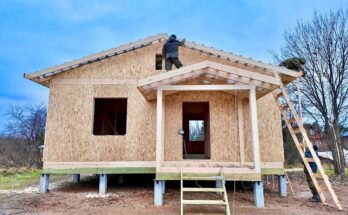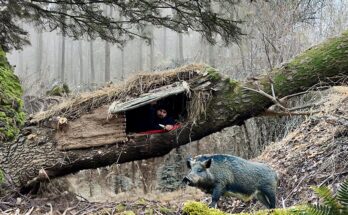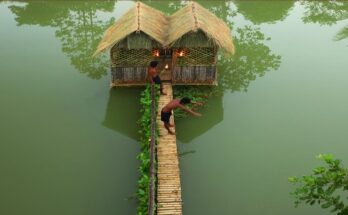Spending three days in the wild is the ultimate way to connect with nature, learn survival skills, and enjoy the simplicity of outdoor living. A true bushcraft and camping experience isn’t complete without catching and cooking your own food—turning nature into your kitchen and survival ground.
On Day 1, the focus is setting up your base camp. Find a safe and sheltered area near a water source. Pitch your tent or build a natural shelter using sticks, branches, and leaves. Start a campfire using primitive fire-starting methods like flint and steel or a bow drill for the full bushcraft experience. Afterward, set up simple traps or try your hand at fishing using handmade spears or lines. Even a basic snare trap can be effective with the right technique and placement.
Day 2 is all about foraging and cooking. With your fire going strong, clean your catch—whether it’s fish, small game, or even wild edibles like mushrooms and berries. Cooking over an open flame adds rich, smoky flavor and a sense of reward. You can roast fish on sticks or build a spit for slow-cooking meat. Use leaves or clay as natural wrapping materials to cook food underground—an ancient yet effective method.
By Day 3, you’ll feel more in sync with your surroundings. Use this day to refine your skills, explore more of the forest, and practice carving, rope-making, or crafting tools. End your adventure with a hearty final meal, soaking in the quiet of the forest and the satisfaction of living off the land.
Camping and bushcraft over three days teaches patience, resilience, and gratitude. It’s more than a hobby—it’s a lifestyle rooted in respect for nature and self-reliance.


